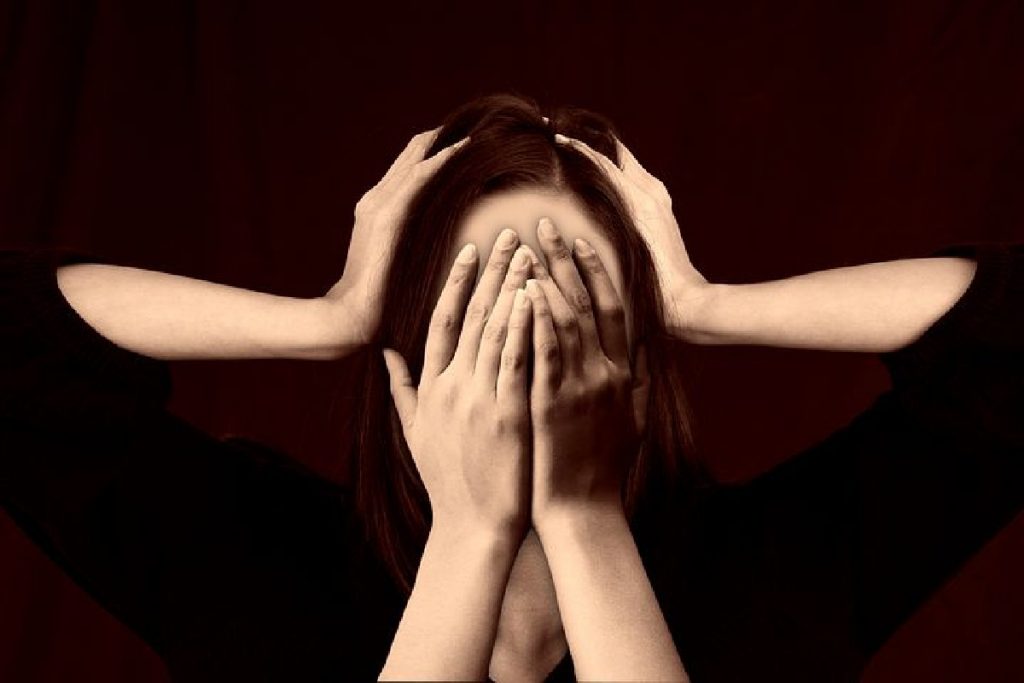Table of Contents
Migraine Definition
Migraine is a pain that causes a violent throbbing headache or a throbbing sensation, usually on one side of the head, accompanied by nausea, vomiting, and extreme sensitivity to light and sound.
- It is a headache of varying intensity, accompanied by nausea and sensitivity to light and sound. Medicines help prevent some migraines and make them less painful. The correct medication, with self-help remedies and lifestyle changes, can help.
- Warning symptoms precede migraines such as hormonal changes, certain foods and drinks, stress, and exercise. Migraines cause vibrations in a particular area that vary in intensity. In addition, nausea and sensitivity to light and sound are common symptoms. Preventive drugs and pain relievers can help control migraines.
- A migraine usually lasts 4 to 72 hours if left untreated. The frequency with which migraines occur varies from person to person. And also, Migraines may occur infrequently or appear several times a month. After a migraine attack, you feel exhausted, confused, and exhausted for up to a day. Some people report feeling euphoric. A sudden movement of the head may briefly return the pain.
Causes of Migraine
- Hormonal changes, for example around the menstrual cycle.
- Emotional triggers such as stress, depression, anxiety, and excitement
- Dietary factors, including alcohol, caffeine, chocolate, cheese, citrus fruits, and foods that contain the additive tyramine.
- Medications include sleeping pills, hormone replacement therapy (HRT), and some birth control pills.
- Environmental factors, including flickering screens, strong odors, secondhand smoke, loud noises, crowded rooms, changes in temperature, and bright lights.
- Tiredness
- Lack of sleep
- Tension in shoulders and neck
- Bad posture
- Physical overwork
- Hypoglycemia
- Irregular meal times
- Dehydration
Symptoms of Migraine
Migraines, which affect children, adolescents, and adults, can progress in four stages: prodrome, aura, attack, and postdrome.
- Constipation
- Mood swings, from depression to euphoria
- Food cravings
- Neck stiffness
- Increased urination
- Water retention
- Sensitivity to light, sound, and to smell and touch
- Frequent yawning
- Visual phenomena, such as seeing various shapes, points of light, or flashes of light
- Vision loss
- Tingling sensation in an arm or leg.
- Weakness or numbness of the face or one side of the body
- Difficulty speaking
- Pain is on one side of the head, but often on both sides.
- Throbbing or stabbing pain
- Nausea and vomiting
- Post-drome
Diagnosis of Migraine
Migraines often go undiagnosed and go untreated. If you regularly have migraine signs and symptoms, record your attacks and how you have treated them.
Even if you have a history of headaches, see your doctor if the pattern changes or if your headache suddenly feels different.
A migraine episode is different from a non-migraine headache. An attack usually occurs in stages and can last for several days. It can affect a person’s daily life, including their ability to work or study. They may be due to changes in the brain that affect:
- The way the nerves communicate
- The balance of chemicals
- Blood vessels
- Genetic characteristics can play a role, as migraines’ family history is a common risk factor.
Treatment of Migraine
There is no cure for migraines. However, medications can treat symptoms as they arise and reduce the frequency and severity of episodes.
Pain relievers and other types of medications can often help. Taking medications as soon as symptoms begin can prevent them from getting worse.
